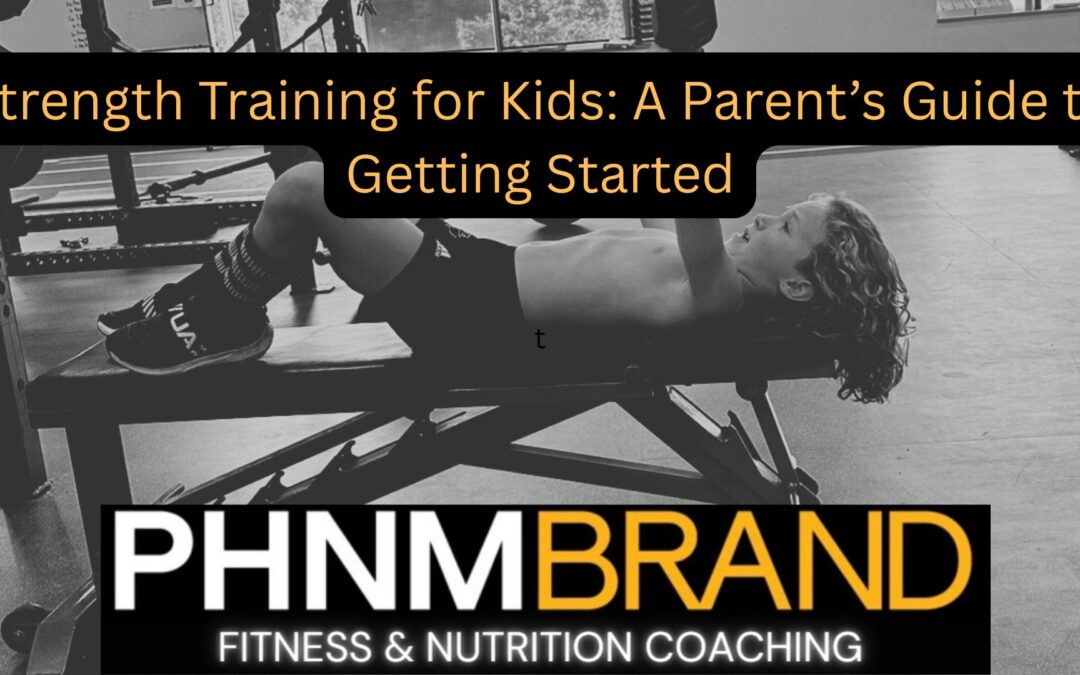Strength Training for Kids: A Parent’s Guide to Getting Started
As a parent, you want the best for your child—especially when it comes to their health, development, and athletic performance. If your young athlete is showing interest in sports, or already heavily involved, you’ve likely heard about the benefits of strength and conditioning. But before jumping into any program, it’s important to understand what to look for and how to make the best decision for your child’s long-term development.
Here are five key things to consider before enrolling your young athlete in a strength and conditioning program:
1. Age-Appropriate Programming Matters
Not all strength programs are created equal—and what works for a 16-year-old shouldn’t be applied to a 10-year-old. A quality program should be built on the principles of Long-Term Athletic Development (LTAD), which emphasizes age-appropriate skills like coordination, balance, and foundational movement patterns before adding resistance.
💡 Tip: Look for coaches who focus on movement quality, not just lifting weights. Building a strong foundation will help your child stay injury-free and perform better in the long run.
2. Focus on Fun and Engagement
Let’s be real—if it’s not fun, kids won’t stick with it. A good program should blend education, hard work, and play to keep young athletes motivated. The goal isn’t to grind them into the ground, but to help them enjoy the process of improving.
💡 Tip: Ask if the program includes games, skill challenges, or team-building activities. These elements can build confidence and foster a love for training.
3. Safety and Supervision Come First
Your child’s safety is non-negotiable. Proper technique, age-appropriate loads, and qualified supervision should be at the core of any strength and conditioning program. Coaches should provide consistent feedback and adapt exercises to the athlete’s individual needs.
💡 Tip: Ask about coach-to-athlete ratios and the certification or education level of the trainers. A safe environment is a supportive one.
4. It’s Not Just About Sports Performance
While getting faster, stronger, and more explosive is exciting, a good program goes beyond the field. It should support overall health, posture, injury prevention, and mental resilience. These are lifelong benefits that translate far outside of sports.
💡 Tip: A well-rounded program will include mobility, stability, and recovery education—not just strength training.
5. Communication and Culture
You want your child to be in an environment where they feel encouraged, respected, and supported. The coach’s ability to communicate with young athletes and with parents is crucial. You should feel confident asking questions and receiving feedback.
💡 Tip: Visit a session if possible. Observe how the coach interacts with the athletes. Are they positive? Do they build relationships? That culture can make all the difference.
Final Thoughts:
Getting your child involved in strength and conditioning can be one of the best investments in their athletic future—if done right. By focusing on development over intensity, and character over competition, you can help your child grow stronger physically and mentally.
Always remember: it’s about the long game—building a foundation that will benefit them far beyond youth sports.

